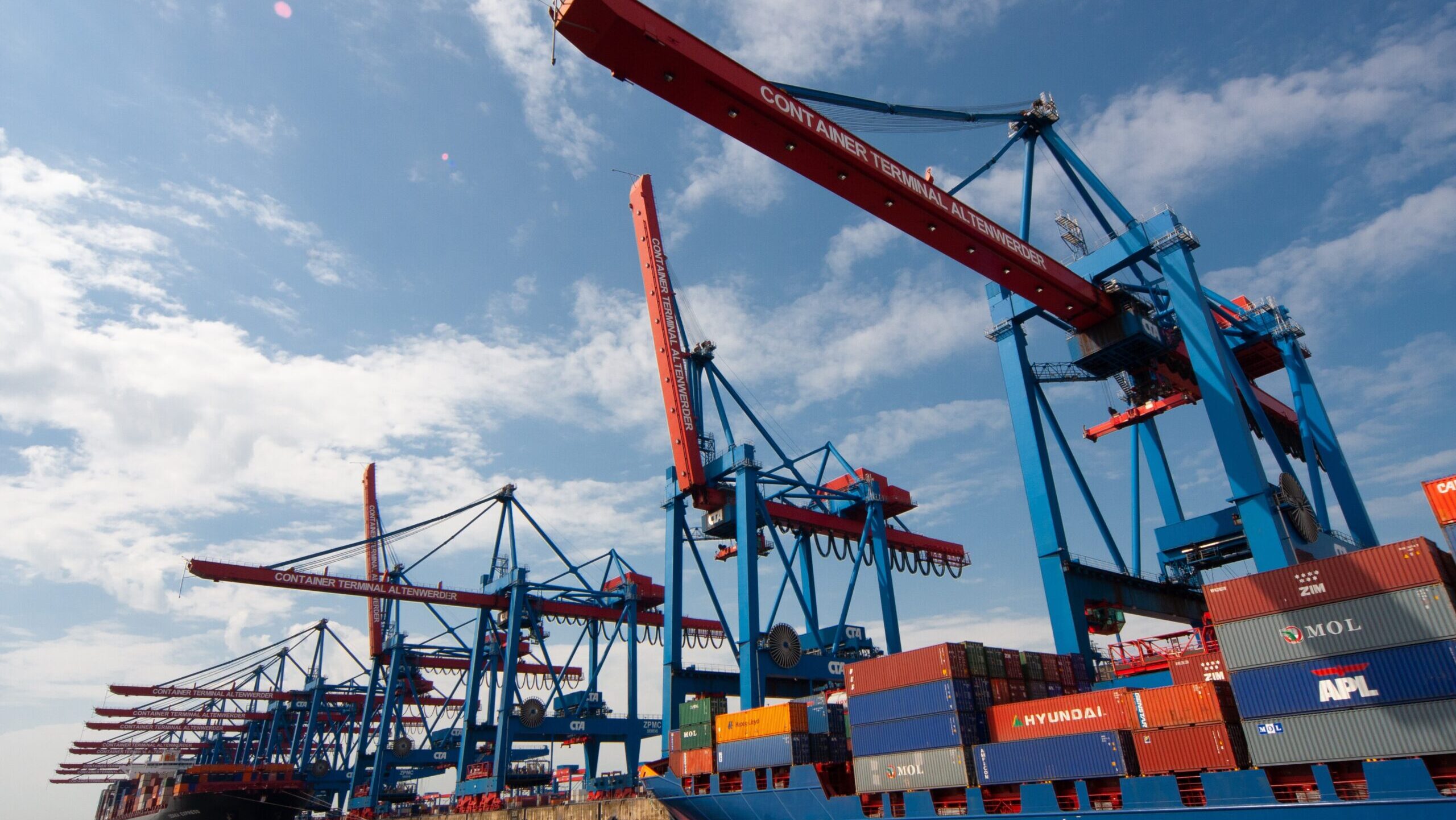The comprehensive global supply chain continues to face persistent disruptions, workforce impediments, and inflationary tensions,…

Navigating Troubled Waters: The Panama Canal Drought’s Ripple Effect on Global Trade and Healthcare Costs
The Panama Canal, a lifeline for global trade, is currently facing a daunting challenge—prolonged drought. This environmental crisis is not only disrupting trade routes but is also driving up the costs of healthcare products being shipped from overseas. It underscores the critical importance of diversifying supply chain sources and mitigating supply chain risk in today’s interconnected world.
The Panama Canal’s Drought Challenge
The Panama Canal, known as a triumph of engineering connecting the Atlantic and Pacific Oceans, is suffering from historically low water levels due to prolonged droughts influenced by climate change. These dwindling water levels have had a profound impact on global trade routes, particularly the transportation of goods through this crucial passage.
Impact on Trade Routes
The drought has prompted the canal authorities to implement restrictions on vessel drafts, limiting the size of ships that can transit. This has led to delays and increased shipping costs. Furthermore, ships are being rerouted through alternative, longer routes, adding to shipping times and costs. This disruption affects industries worldwide, but one sector that’s hit particularly hard is healthcare.
Rising Healthcare Costs
Healthcare products, including pharmaceuticals and medical equipment, are predominantly manufactured overseas and rely heavily on efficient supply chains. Many of these products pass through the Panama Canal to reach North and South American markets. Delays and rising shipping costs stemming from the drought directly impact the cost of healthcare products.
Diversifying Supply Chain Sources
The Panama Canal drought serves as a stark reminder of the vulnerability of single-sourced supply chains. Over-reliance on a single route can lead to bottlenecks and increased risk. Businesses, especially in critical sectors like healthcare, must diversify their supply chain sources. This means exploring multiple routes, suppliers, and manufacturing locations to ensure resilience in the face of unforeseen disruptions.
Mitigating Supply Chain Risk
Mitigating supply chain risk involves proactive planning and investment in contingency measures. Businesses can collaborate with logistics experts to identify alternative routes, establish safety stock levels, and employ advanced forecasting techniques to adapt to shifting circumstances. Incorporating these risk-mitigating strategies can help reduce the impact of external disruptions on supply chains.
The Panama Canal drought underscores the pressing need for supply chain diversification and risk mitigation. As the world grapples with the consequences of climate change, it is imperative that businesses, governments, and organizations take proactive steps to ensure the stability of vital supply chains. By doing so, we can navigate through troubled waters and ensure that the flow of essential goods, including healthcare products, remains uninterrupted and affordable for all.
References:
Building resilience brick by brick: The power of supply chain... (n.d.-a). Retrieved from https://premierinc.com/newsroom/blog/building-resilience-brick-by-brick-the-power-of-supply-chain-diversification Feingold, S. (n.d.). “unprecedented challenges”: Drought at the Panama Canal disrupts global trade. World Economic Forum. https://www.weforum.org/agenda/2023/08/drought-at-the-panama-canal-poses-unprecedented-challenges-to-global-trade/ Liao, J. W. and R. (2023, September 12). Panama Canal says shipping congestion will last into 2024. Transport Topics. https://www.ttnews.com/articles/panama-canal-congestion Parraga, M. (2023, September 12). Panama Canal to Further Reduce Daily Transits if Drought Continues. US News. https://money.usnews.com/investing/news/articles/2023-09-12/panama-canal-to-further-reduce-daily-transits-if-drought-continues



